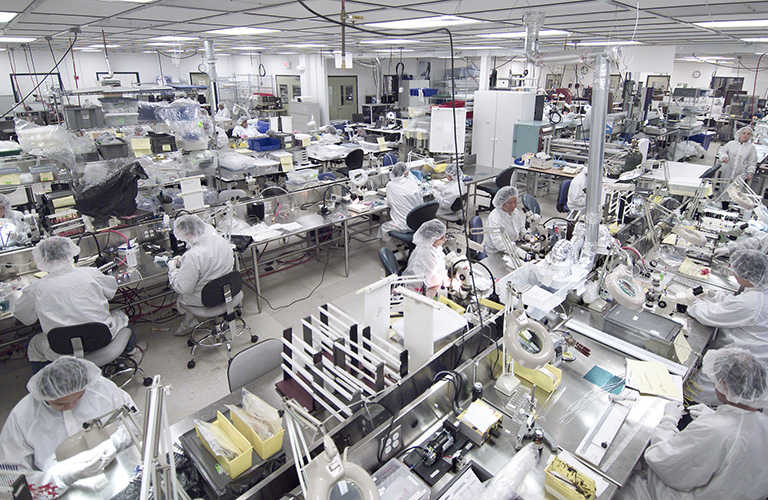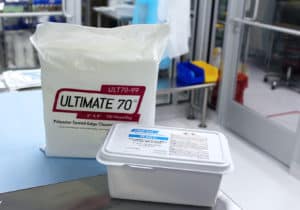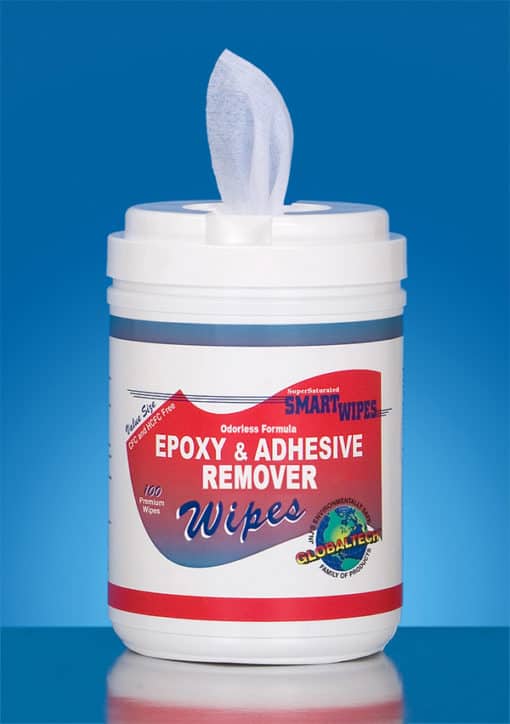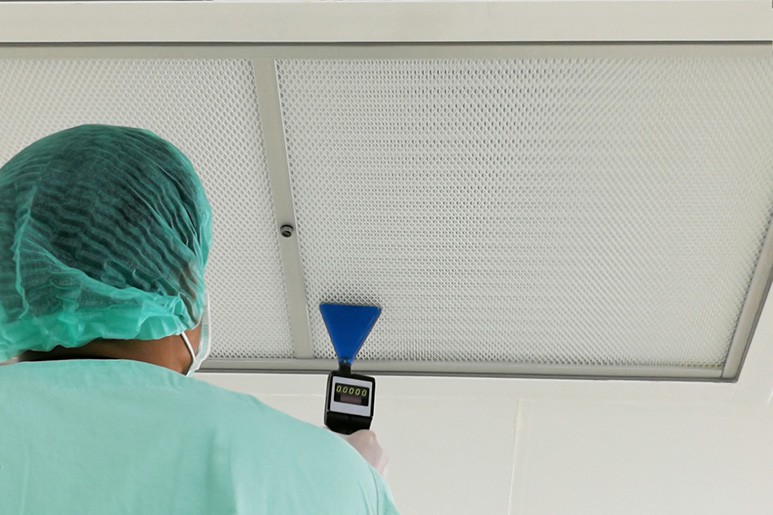Cleanroom News, General Topics
cGMP vs GMP in Cleanrooms: What’s the Difference?
cGMP vs GMP in Cleanrooms: What’s the Difference?
In this article, we’ll be discussing the difference between cGMP and GMP in cleanrooms. We’ll also cover some of the benefits of using either one.
The global cleanroom consumables market was valued at more than $3688 million in 2020 and is expected to grow to more than $6658 by 2030.
In recent years, tighter regulations by authorities including the WHO, OHSA, and the FDA have pushed organizations to improve the safety of their operations and quality of their products by optimizing their cleanrooms.
How can your business improve quality through your cleanroom? There are two main schools of thought when it comes to improving quality through the production process – GMP and cGMP.
Keep reading to learn more about the differences between cGMP vs GMP and how they can help your business meet quality goals.
What is GMP?
Let’s start by taking a look at GMP. GMP stands for Good Manufacturing Practices. These practices regulate businesses that manufacture, process, and package products including pharmaceuticals, medical devices, certain foods, and blood.
GMP regulations require these businesses to take certain steps to make sure that the products they produce are effective, safe, and pure. GMP directs businesses to focus on quality over quantity. The goal is to reduce mistakes, mix-ups, and contamination.
Ultimately, the goal is to protect the consumer. Consumers can rest assured that the products they receive are effective and safe.
GMP regulations are enforced by the US Food and Drug Administration (FDA). Specifically, the Federal Food, Drug, and Cosmetic Act outlines the regulations that fall under GMP and include:
- Cleanliness
- Sanitation
- Equipment verification
- Record keeping
- Personnel qualifications
- Process validation
- Complaint handling
What is cGMP?
On the other hand, cGMP stands for Current Good Manufacturing Practices.
What is the difference? cGMP involves following GMP regulations but also using systems and technologies that are more up to date. The idea is that cGMP requirements are more flexible and allow businesses to decide on their own how they can best manufacture and produce while also following necessary regulations.
Businesses that employ cGMP use technology and innovation to develop new approaches and achieve higher quality. cGMP also focuses on continuous improvement.
cGMP vs GMP in Cleanrooms
So how do these ideas apply in cleanrooms? cGMP tends to be more expensive because it uses newer technology. Goods produced using cGMP undergo additional testing.
Businesses using cGMP also ensure their products are properly certified and effective using the highest standards and the newest technology.
Companies in the pharmaceutical and biotechnology industries follow specific cGMP regulations to ensure their products are effective, safe, and meet quality standards. Which method is right for your business will depend on your industry, your goals, and what regulations apply to your business.
Is Your Cleanroom as Clean as it Should Be?
Keeping your cleanroom optimized and running efficiently is critical whether you choose to implement GMP or cGMP standards. While there are key differences between cGMP vs GMP, quality should be a priority for every company.
At High-Tech Conversions, our goal is to provide industry leading contamination control solutions. We offer custom and private label products including cleanroom wipes, presaturated IPA wipes, PPE, gloves, tacky floor mats, and more.
Contact one of our knowledgeable sale reps today to learn more



